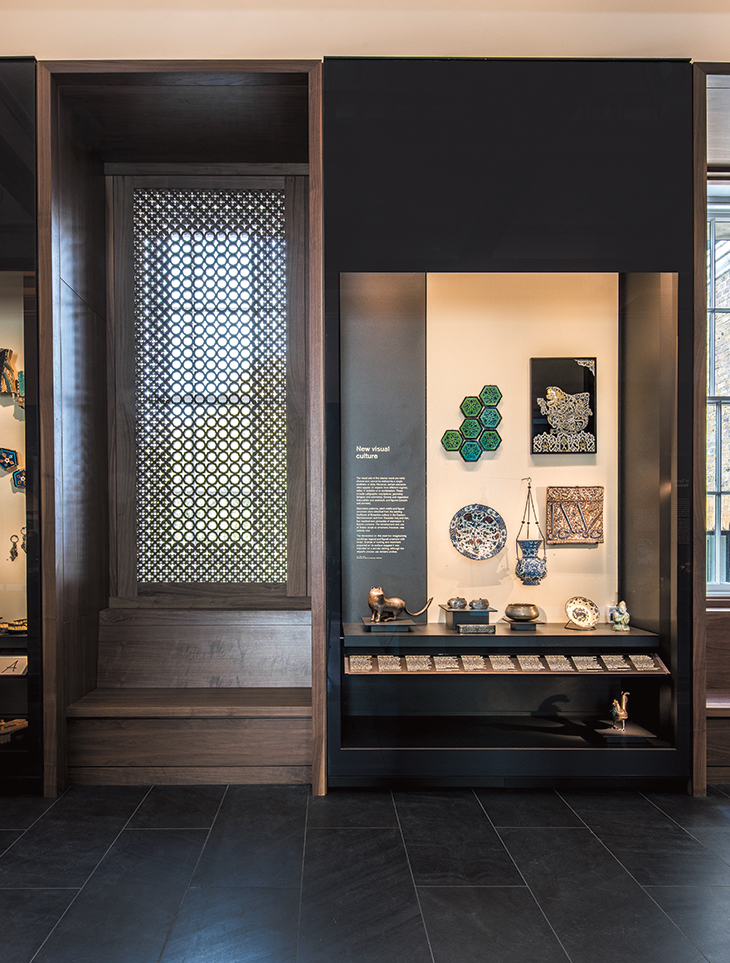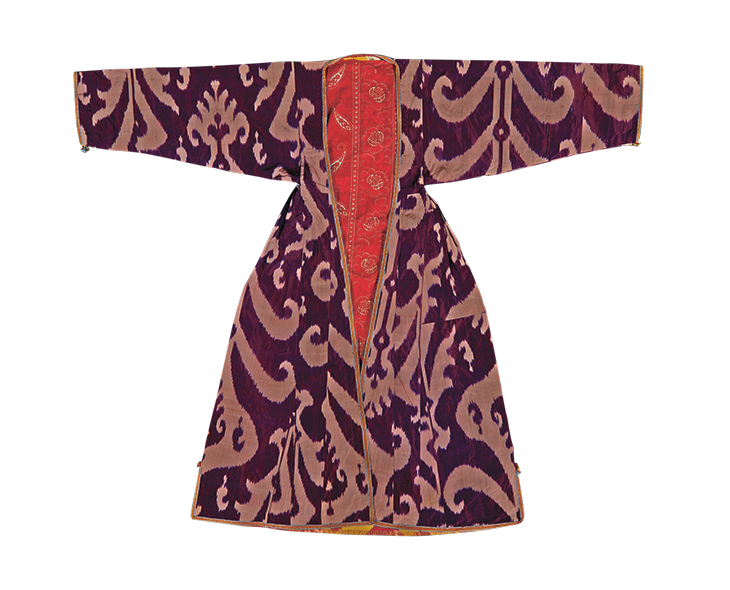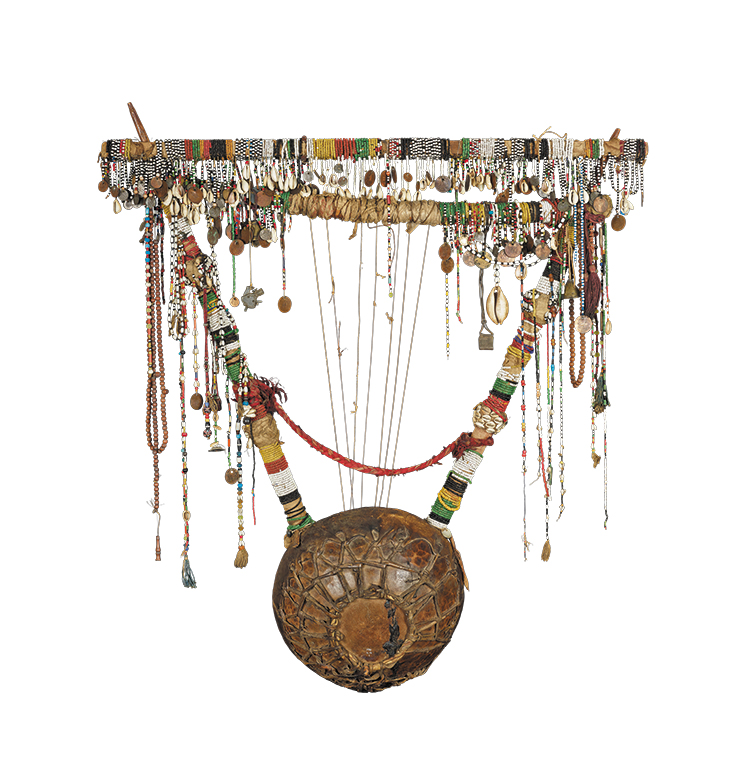Fresh from the opening of the British Museum’s new Gallery of the Islamic World, its curators, Ladan Akbarnia and Venetia Porter, talk to Apollo about the challenges and illuminating surprises involved in redisplaying the museum’s collections.
What were the guiding principles as you set about reassessing how the British Museum displays its Islamic material?
Ladan Akbarnia: At first it felt like going into a candy store. We knew we were starting from scratch because we were moving into a new space, so everything was up for discussion. We needed to look at the narratives again and research everything that had happened in this field in recent years – so we did a series of trips, and saw what was important to different people with different expertise. We wanted to have a structure that was in some ways quite classical – that will last for 30 years – but also to have a dynamism and vitality to the space, so that people come back and the display never feels stale. We can do that by having a central spine of display cases and then having more thematic cases along the walls that can be adjusted later.

The Albukhary Foundation Gallery of the Islamic World at the British Museum. Photo: J. Fernandes K. Lovelock; © The Trustees of the British Museum
How have you registered new ways of thinking about the Islamic world and its culture, which have emerged since these objects were last displayed?
Venetia Porter: There’s been a lot of research on individual objects and groups of objects. The scholarship around the world is prodigious and we wanted that to be reflected. There has also been a lot of questioning of what ‘Islamic art’ is, and even whether there is such a thing. People often ask why there would be a gallery of Islamic art if there isn’t one of Christian art. In some sense, we wanted to challenge that assumption: the new gallery isn’t just about Islamic art, it’s about Islamic culture, which has allowed us to bring in different kinds of objects and bring the display up to the present day. We’ve brought in South East Asian material and contemporary ethnographic material for the first time.
LA: You’re also driven by what you have. We don’t have 11 rooms to display incredible masterpieces: we have two rooms and the collection has a different type of diversity to somewhere like the Met.
Are there specific types of object that you’ve particularly enjoyed reconsidering during the redisplay process?
VP: We’ve learnt so much by including ethnographic material – by starting to look at objects from Africa, from South East Asia, and explore the richness of the craftsmanship. Even with objects we thought we knew, it’s been a really stimulating process to look at them again. The galleries look like two enormous spaces, but every single object has to work for its living.
LA: We had to reduce the number of objects – though people won’t necessarily notice that when they come in. In the past, a lot of the same media were put together, as at the V&A, but now we’ve tried to mix things as much as possible, to tell the story, and allow people to see immediately that themes were shared and boundaries were porous, not just between regions but between types of object and media. What enables that are the vistas through the central display cases: looking from the early Iran case you can see a display about Siraf, which should be in that case in terms of time and place, but you look through this window and you see ties between inlaid metalwork on the Iranian side, on the Arab side, and then you see the objects that were excavated. There are surprises like that which we keep noticing.

Uzbek woman’s ikat coat with Russian lining (1870s–1920s). Photo: © The Trustees of the British Museum
What impact did Stanton Williams, as the designers of the gallery, have on its curatorial direction?
VP: We spent a lot of time with them. At the beginning we weren’t sure how many themes to have, or which themes. We had all these focus groups, which told us that in our old gallery there were too many pots… we love pots. Paul Williams’ big thing – he makes this very lovely gesture about ‘bringing the object’ – is how to make any object that we’ve chosen look appealing and place it within its context. It was a dialogue.
LA: They also brought ‘the grid’. Everything had to fit the grid. But really that works with Islamic principles – and we could push back a bit. One way was to have a little surprise below the deck – a jade terrapin at floor level, for example, which children will notice first. That push and pull is important, to feel that you really are collaborating.
What are the greatest challenges to increasing public understanding of art and artefacts from the Islamic world? And how have you tackled them?
VP: We worked very closely with the interpretation department here, who encouraged us to take a strongly visitor-led approach. One challenge is that a lot of Islamic art looks the same, so most people don’t know why one bowl with inlaid metalwork is more important than another. By thinning down the cases, it became possible to talk about the individual object and its style in as coherent a way as possible. The other thing is that there’s a lot of text, whether it’s Arabic or Persian, because script is so important in the region. We’ve tried to address that: where we show a Qur’an, we give the sura [chapter]; and we include fragments of Arabic or Persian or Malay on the labels, to get people used to them. We hope that these little tricks will be effective. One of the inaugural temporary displays focuses on Yemen.

Lyre (tanbura) (late 1800s), Sudan. Photo: © The Trustees of the British Museum
How important is it that this gallery engages with what’s happening politically across the Islamic world?
VP: I think it’s very important. These are living, breathing, suffering places, with great richness of culture. We have the opportunity to present material from Yemen this year, perhaps from Syria next year or from Palestine. That’s what we do at the British Museum. We present. We don’t inflect the displays with our own opinions – but if you don’t put the material there, then it doesn’t give people the opportunity to think.
The Albukhary Foundation Gallery of the Islamic World at the British Museum opened on 18 October.
From the November 2018 issue of Apollo. Preview and subscribe here.














![Masterpiece [Re]discovery 2022. Photo: Ben Fisher Photography, courtesy of Masterpiece London](http://zephr.apollo-magazine.com/wp-content/uploads/2022/07/MPL2022_4263.jpg)
Suzanne Valadon’s shifting gaze